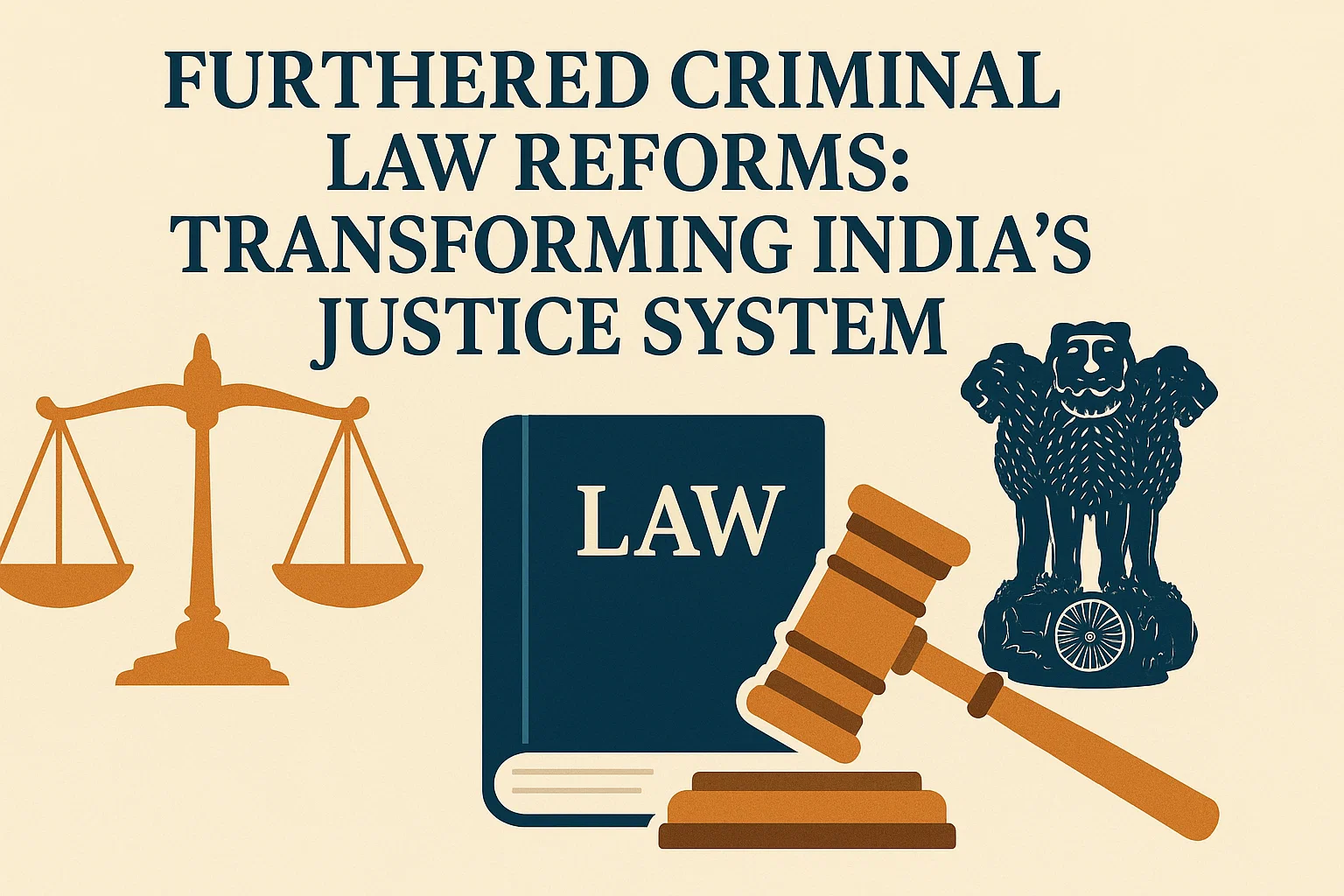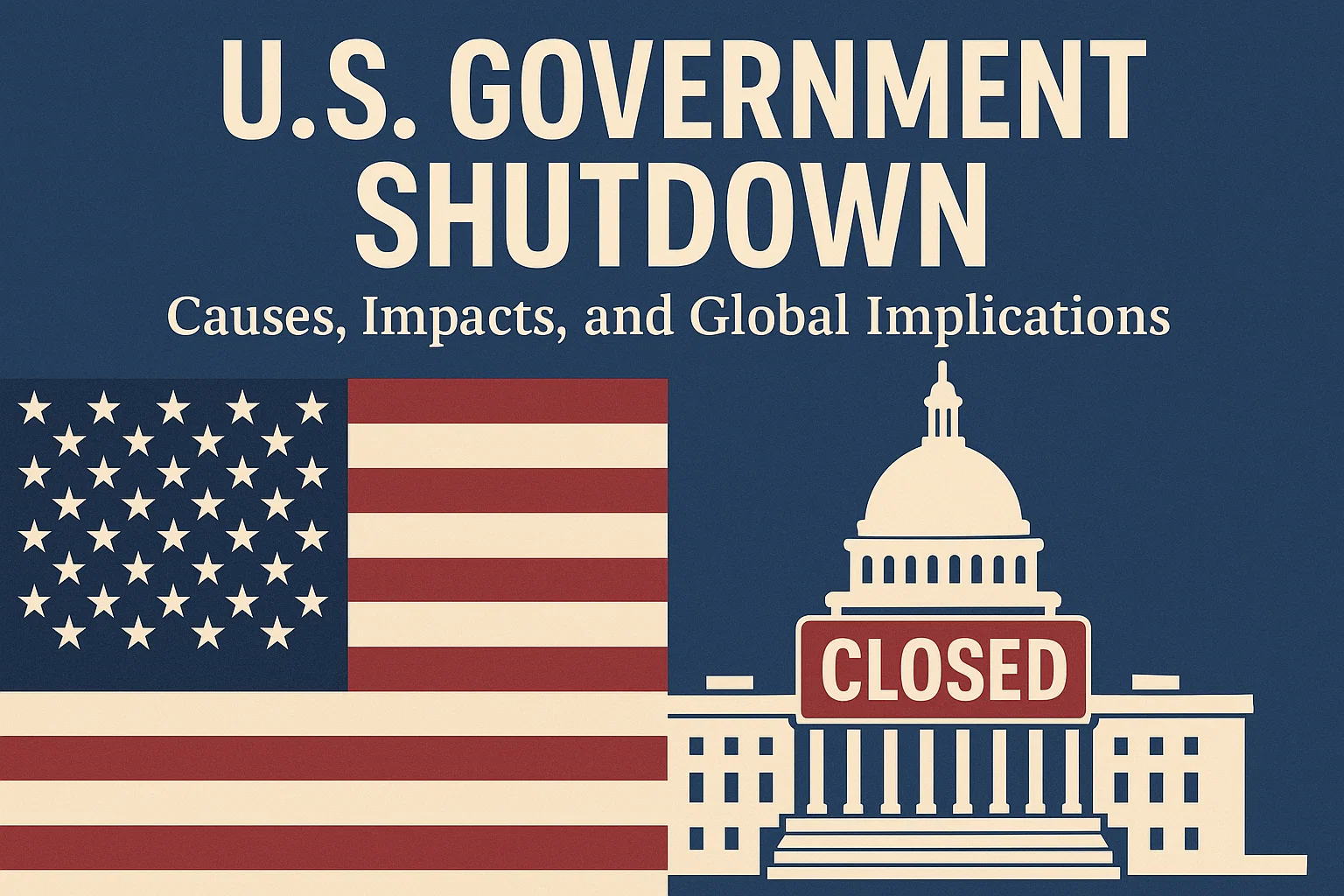Supreme Court Ruling on Section 498-A Puts Women at Risk
Analysis of the 2025 Supreme Court decision delaying arrests under Section 498-A, its impact on gender justice, and risks for domestic violence victims.

Introduction
In her article “A Court Ruling with no Room for Gender Justice” published in The Hindu on 12 August 2025, Thulasi K. Raj delivers a sharp and urgent warning about a recent Supreme Court judgment that, in her words, is “predicated on false premises” and sets a “dangerous precedent” for both gender equality and criminal justice in India.
The ruling in question, handed down in late July 2025 in the case of Shivangi Bansal vs Sahib Bansal, has effectively placed a two-month freeze on arrests under one of India’s most important protections for women: Section 498-A of the Indian Penal Code (now Section 85 of the Bharatiya Nyaya Sanhita). This section was specifically created to punish cruelty by a husband or his relatives — a form of abuse that for generations has been hidden inside family walls.
On the surface, the Court’s decision appears to be an attempt to prevent false accusations and misuse of the law. But as Raj points out, in practice it strips away the urgent protection that this law was meant to provide, exposing women to greater danger and discouraging them from seeking justice at all. To understand the seriousness of this development, one must first understand why Section 498-A exists, the reality of domestic cruelty in India, and why delaying police action is not a neutral compromise but a step backwards.
The Origins of Section 498-A: A Law Born of Urgent Necessity
When the Indian Parliament introduced Section 498-A in 1983, it was responding to a crisis that was both deeply social and brutally personal. Across India, behind the closed doors of homes that were supposed to be safe, countless women were being harassed, beaten, humiliated, and sometimes killed because of dowry demands or other forms of marital cruelty.
These were not isolated incidents. They were part of a broader pattern of gender inequality embedded in social norms and family structures. In many households, a woman’s role was narrowly defined — she was expected to obey, to endure, and to keep silent. Speaking out against abuse could mean social ostracism, financial ruin, or even further violence.
Dowry deaths became a symbol of this crisis. Young brides were burned, poisoned, or driven to suicide when their families could not meet the continuous and escalating demands for money, gold, or property. The cruelty often began long before the final, fatal act — with emotional abuse, isolation from her own family, deprivation of food, and relentless humiliation.
Section 498-A was Parliament’s recognition that ordinary criminal laws were not enough. By defining “cruelty” broadly — to include physical harm, mental harassment, dowry demands, and actions that could drive a woman to suicide — the law gave police the authority to arrest and prosecute offenders before the situation reached its most tragic end. The penalty was imprisonment of up to three years and a fine.
The statement of objects that accompanied the amendment made Parliament’s intention clear: this was not just about punishing crimes after they occurred, but about creating a strong deterrent and offering women a lifeline when they needed it most.
Cooling-Off, Heating Risk
The case of Shivangi Bansal vs Sahib Bansal arose from an individual dispute, but the Supreme Court’s ruling went far beyond that case. It upheld an earlier directive from the Allahabad High Court introducing two key measures:
- A Mandatory Two-Month “Cooling-Off” Period – Once a complaint under Section 498-A is filed, the police are barred from arresting the accused for sixty days, no matter how strong the evidence. No coercive action can be taken during this time.
- Referral to Family Welfare Committees – Instead of immediate investigation by trained police, the complaint is sent to a district-level committee made up of local people, tasked with “looking into” the matter.
Supporters of the ruling say it protects innocent people from being arrested on false charges. But the problem, as Raj and other critics point out, is that this logic treats serious allegations of cruelty — including physical violence and threats to life — as if they were no more urgent than a property dispute or a quarrel over child custody.
This approach confuses two very different realities. Mediation and conciliation may be appropriate in civil family matters, but when there is credible evidence of a crime, especially one that can escalate rapidly into deadly violence, the law’s first duty is to protect the victim and preserve the evidence.
Delay Deepens Victim Danger
For a woman trapped in an abusive marriage, approaching the police is rarely a simple decision. It often means openly defying her husband, standing against her in-laws, and facing harsh judgement from her own family. Many endure years of cruelty before finding the courage to speak, often only when the abuse becomes unbearable. The Supreme Court’s ruling, by preventing arrests for two months, places yet another obstacle in her path. Knowing her abuser will face no immediate consequence may deter her from reporting at all.
The risks during this “cooling-off” period are severe. Retaliation is a real possibility, as the accused may feel emboldened to threaten, harm, or further intimidate her. Evidence may vanish—bruises fade, witnesses withdraw under pressure, and digital proof can be destroyed. Most damaging of all, a delayed police response erodes trust, sending the message that her safety is secondary to procedural caution. As Raj warns, this is not a careful balance between rights, but a “blanket protection” for the accused that leaves the most vulnerable dangerously exposed.
Misuse Claim Lacks Proof
One of the most persistent arguments for weakening Section 498-A is the claim that it is frequently “misused” by women to falsely accuse their husbands or in-laws, often to gain leverage in divorce or property disputes. This allegation, echoed in courtrooms, media debates, and political speeches, has acquired the weight of popular belief. Yet, as Thulasi K. Raj observes, it rests more on perception than on credible evidence. No nationwide study has conclusively shown that false complaints are widespread, and courts, dealing only with individual cases, cannot responsibly draw sweeping statistical conclusions from scattered anecdotes.
Even the much-quoted conviction rate of 18% in 2022 fails to support the misuse theory. This figure is actually higher than for many other offences, and low convictions in such cases often stem from police failings, reluctant witnesses, and the difficulty of proving abuse that occurs behind closed doors. More importantly, large-scale surveys such as the National Family Health Survey-5 reveal that most domestic violence is never reported at all. Women’s rights groups like Humsafar note that the rising number of complaints under Section 498-A reflects growing legal awareness, not a flood of false accusations. Stripped of rhetoric, the “misuse” claim cannot withstand serious scrutiny.
Court’s Blind Spot on Gender Justice
Gender justice means more than giving men and women the same legal treatment; it requires recognising the specific disadvantages one group faces and taking active steps to correct them. In Indian marriages, these disadvantages are profound. Many women lack economic independence, endure relentless pressure to preserve the marriage regardless of harm, and risk losing their home, family support, and social respect if they speak out against abuse. Laws like Section 498-A were created precisely to counter this imbalance, offering women a practical means to seek protection and hold abusers accountable.
By imposing a unique procedural barrier on this law—one not applied to other serious crimes—the Supreme Court has, perhaps unintentionally, diminished the urgency of addressing violence within marriage. This sends a troubling message that domestic cruelty is less pressing than violence by strangers. It also conflicts with the Court’s own 2005 ruling in Sushil Kumar Sharma, which affirmed that perceived misuse is no justification for weakening a law’s essential protections. The contradiction is both legal and moral.
The Lessons of History
The introduction of Section 498-A was not an overreaction but a response to decades of inaction. Weak laws and reluctant enforcement had allowed dowry deaths and domestic cruelty to flourish. The 1983 amendment was Parliament’s way of breaking the silence around these crimes and recognising them as matters of public concern, not private family issues.
Today, dowry deaths still occur, and many women continue to endure abuse without support. Diluting the law risks reversing the hard-won progress of the last four decades.
Balancing Fairness and Protection
If the aim is to protect the innocent from wrongful arrest, safeguards can be built without weakening protections for real victims. Police should be trained to assess evidence swiftly and fairly, with judicial oversight ensuring accountability instead of blanket delays. Expanding shelters, legal aid, and counselling would strengthen victim support, while public education campaigns could challenge harmful gender norms. True justice lies in protecting the vulnerable and ensuring fairness, not in creating a “safe window” that risks emboldening potential abusers.
Conclusion
The Supreme Court’s decision in Shivangi Bansal vs Sahib Bansal is more than a technical adjustment to legal procedure. It redefines how India treats cruelty within marriage — from a crime requiring urgent action to a family matter that can wait.
As Thulasi K. Raj warns, this makes victims “much more vulnerable than ever” and narrows their already difficult path to justice. In attempting to prevent unproven misuse, the Court has undermined a vital law born out of decades of suffering and struggle.
True gender justice cannot be achieved by sacrificing the safety of those the law was meant to protect. If India is to move forward, it must reaffirm that cruelty within marriage is not a private issue but a public wrong — one that demands swift, decisive, and unwavering action.
Subscribe to our Youtube Channel for more Valuable Content – TheStudyias
Download the App to Subscribe to our Courses – Thestudyias
The Source’s Authority and Ownership of the Article is Claimed By THE STUDY IAS BY MANIKANT SINGH



